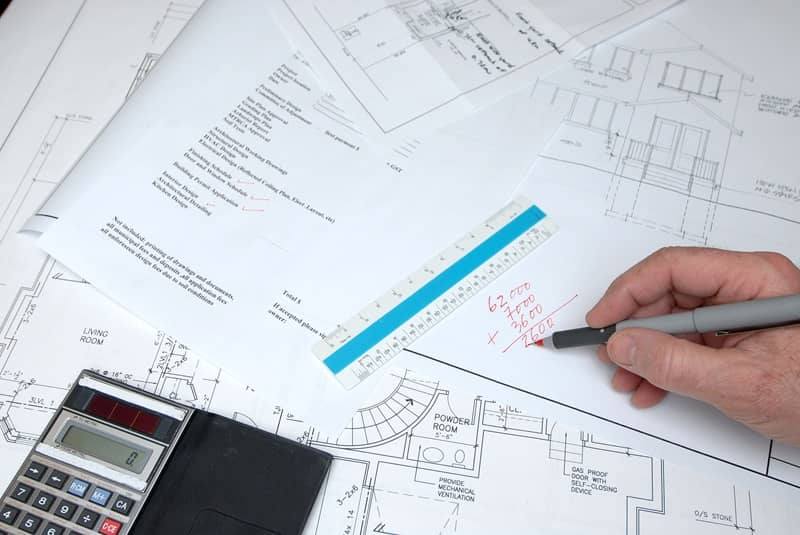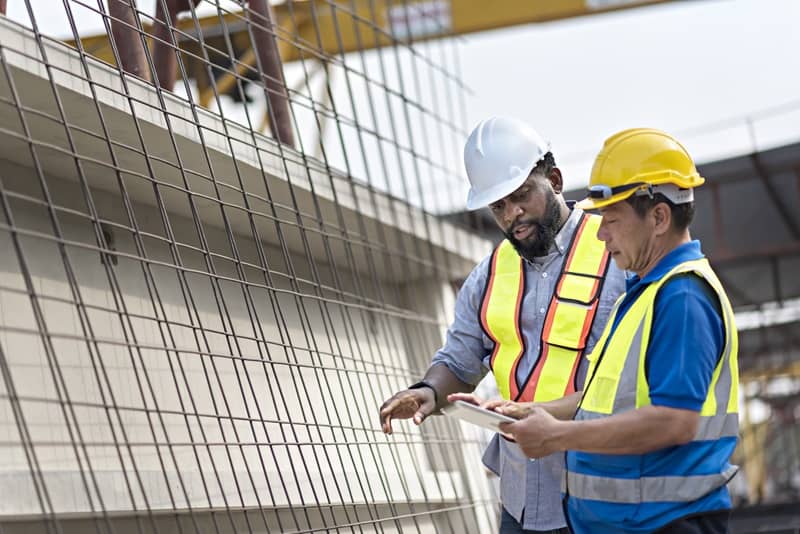Project estimation is the process of accurately predicting the budget, time, manpower, and resources needed to complete a project successfully. This is one of the most crucial steps in the planning phase as it sets the stage for everything that follows. A well-estimated project can lead to efficient resource allocation, timely project completion, and overall client satisfaction. Conversely, inaccurate estimations can result in cost overruns, delays, and diminished trust from stakeholders.
1. Review project plans and specifications.
The starting point of a precise and comprehensive project estimate is an accurate understanding of the project at hand. Before even considering the budget, you need to dive deep into the contract specifics, project scope, time horizon, client expectations, and all other relevant details. This ensures that all elements are accounted for in the estimate, minimizing the risk of overlooking key components that could impact the project’s cost and timeline.
2. Take guidance from past performance.
Unless you’re embarking on your maiden project, you already have a rich history of performance to draw from when estimating costs for future endeavors. Using historical data from prior jobs as a reference can improve the accuracy of current project estimations by providing a solid foundation based on real-world outcomes. This approach allows you to identify trends and anomalies in past projects, adjust for known variables, and better anticipate potential challenges.
3. Collaborate with the entire team.
Industrial leaders have to become mini-experts in every area of their business. However, nobody understands the nuances of the job site better than the boots-on-the-ground craftsman. When compiling an accurate project estimate, you should make an effort to collaborate with the entire team. Their insights into real-world challenges, practical timelines, and material requirements will be an invaluable asset when structuring an accurate project budget.
Further Reading: How to Improve Onsite Collaboration
4. Account for potential risks.
Project estimation and risk management go hand-in-hand. When potential risks are properly accounted for in budget forecasts, the entire project is more resilient to financial fluctuations, operational disruptions, and other challenges and obstacles. This foresight equips the team with essential buffers and strategies to navigate those unavoidable uncertainties without derailing the project’s overall objectives and timelines.
5. Source multiple bids.
Third-party pricing is one of the most confounding variables of project estimation in the industrial space. With no control over how subcontractors, suppliers, and other entities charge, how can you accurately account for this cost? The key is aggregating and averaging. By sourcing multiple bids from vendors, you’re able to get a more accurate assessment of pricing. This strategy provides a more comprehensive understanding of the relevant conditions and costs.
6. Embrace advanced estimating technology.
In the industrial sector, speeding up the adoption of technology is vital for improving the accuracy and efficiency of project estimates. There are several advanced software such as AI-fueled predictive analytics and cloud-based cost management systems that offer real-time data analysis, automate complex calculations, and provide detailed cost breakdowns. These tools not only streamline the estimating process but also improve precision by reducing human error and incorporating a vast array of historical data.
7. Update estimates as the projects mature.
Project estimates aren’t set in stone. The variables used to forecast an initial projection will inevitably evolve as the project progresses. Project managers must routinely update these estimates to reflect the latest developments. This consistent alignment between project estimation and on-the-ground reality will manage client expectations, improve resource management, and prevent costly budget overruns or delays.
8. Create a cycle of improvement.
As mentioned before, insights gained from prior projects can lead to more accurate project estimates. However, the influence of that data is wholly dependent on its reliability and breadth. One of the most important tips for closing out a project successfully is to implement a systematic post-project process for documenting relevant information, insights, and data. This way, every completed project is a stepping stone towards refining your estimation skills.
Accurate estimates are foundational to a project’s success, but you can’t out-plan team deficiencies. If you’re struggling to find the right talent, the staffing experts at Madden Craftsman can help! For decades, we’ve paired industrial leaders with highly qualified craftsmen. Take a few minutes to fill out a job order to get matched with dozens of best-fit candidates.




